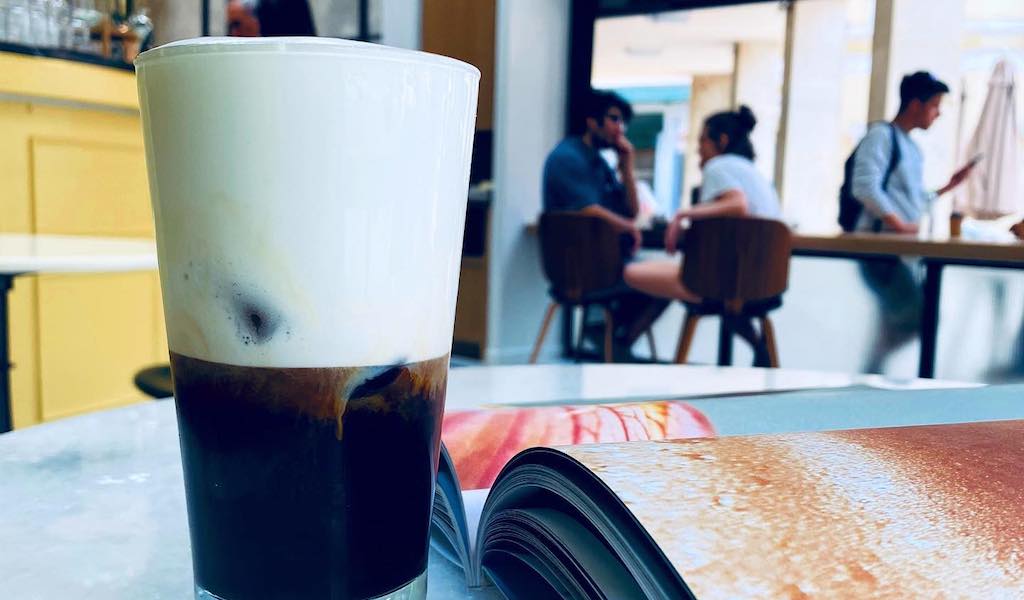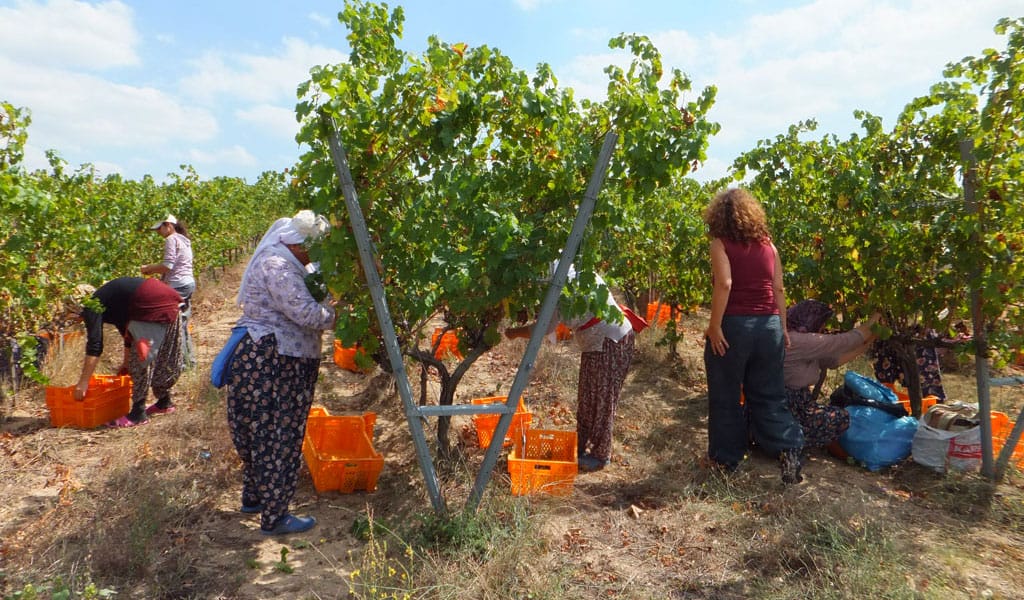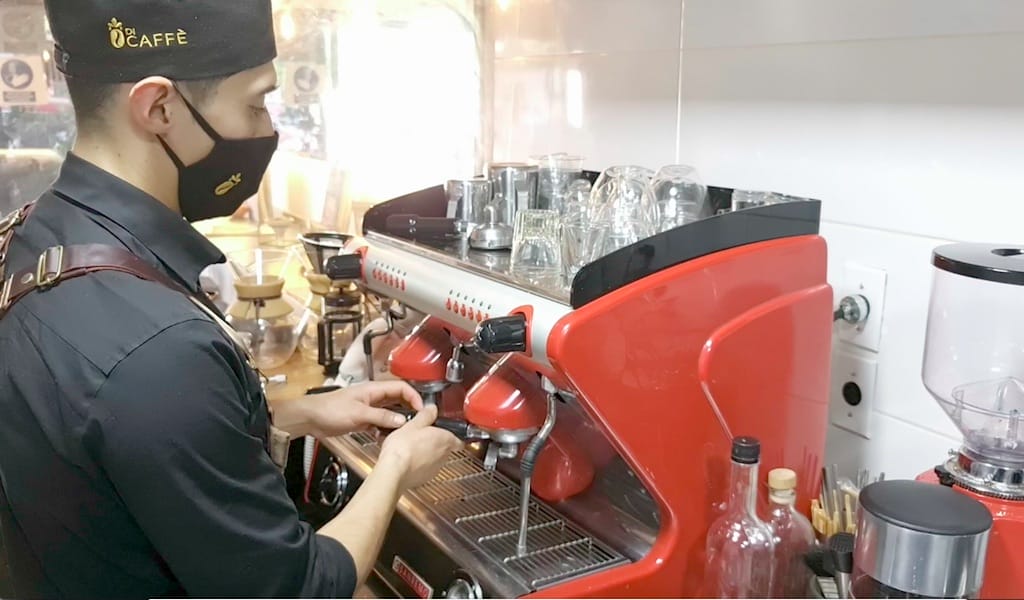Update: This spot is sadly no longer open.
A particularly eye-catching landmark in Lisbon’s Alfama district is the Casa dos Bicos (“House of the Spikes”), a 16th-century palace – once home to the Portuguese viceroy of India, and now housing the José Saramago Foundation – that has a bizarre façade of spiked stones and eclectic doors and windows. Just next to it is Reviravolta, a modest neighborhood tasca that serves up a dish with similarly iconic status: cozido a Portuguesa.
One of the most traditional Portuguese meals, cozido has humble origins; first invented in the interior Beira region, it was a dish to use up all the week’s lunch leftovers. It consists of a mixture of several kinds of meat, including chicken, pork ribs, pork belly, pig’s ear, beef shank and assorted offal, complemented by different smoked sausages: chouriço, fat and sweet paprika, blood sausage and farinheira – the latter a Jewish invention of wheat flour, paprika and pepper, nowadays mixed with pork fat. Cozido is accompanied by boiled vegetables such as beans, potatoes, cabbage, turnip greens and rice. All of that, on just one plate.
This winter dish is considered a national tradition, but there are regional variations in cooking styles; for instance, cozido das Furnas is prepared by burying a huge pot in the ground close to a geyser in the volcanic Azores Islands, the Portuguese archipelago located in the middle of the Atlantic Ocean.  Cozido is always mixed with an aromatic broth, made from its boiled meats and sometimes combined with beans and mint, bread, rice or pasta.
Cozido is always mixed with an aromatic broth, made from its boiled meats and sometimes combined with beans and mint, bread, rice or pasta.
The menu at Reviravolta (meaning “overturn” in Portuguese), which opened in the 1990s and is a stone’s throw from the river Tejo, includes regular daily specials as well as several staples with seasonal variations. Grilled scabbard or salmon with boiled green beans and potatoes, mackerel, sardines and carne alentejana – a bizarre but inspired mix of pork meat and clams – are typical dishes here. But Sunday is cozido day and for Reviravolta one of the most crowded of the week. Although the dish can be found in many downtown restaurants, Reviravolta is well known for its abundant portions and lively Sunday atmosphere that evokes the spirit of traditional Lisbon tascas.
This canteen is not a fancy place. With its paper tablecloths, hams hanging from the ceiling and the typically tiled walls, it maintains a regular base of customers; among them are employees at the nearby Finance Ministry offices, but most are workers from the increasingly numerous construction sites surrounding the nearby square. Many buildings in the area are being renovated by private investors profiting from the recent tourism boom here, but there is also speculative anticipation of the new cruise terminal that is being built at the end of the road.
Seven years ago, after working as a pub manager in London, head waiter Fernando Reis decided to come back to Lisbon because he was missing Portuguese life – and food. Nowadays, standing outside Reviravolta’s door, he watches the changes in the city with a mixture of optimism and concern. Campo das Cebolas, the nearby former 19th-century market square, now has eclectic surroundings composed of docklands and historical residential buildings. The palm tree-lined square itself, once a thriving public space that is now a popular parking spot, is currently undergoing renovation, with more and more tourists wandering past, especially around lunchtime.
The palm tree-lined square itself, once a thriving public space that is now a popular parking spot, is currently undergoing renovation, with more and more tourists wandering past, especially around lunchtime.
“When the new terminal is finished [at the end of 2016], an enormous flow of tourists will cross this area, and everything will change,” says Fernando. The project has been contested by local residents, who are concerned about its consequences for social sustainability and the neighborhood’s heritage.
Despite this ambiguous view of the future, Fernando is certain that Reviravolta will keep its authenticity intact. And, unlike at other restaurants in the square, there is no intention of increasing prices: The bill for a plentiful portion of cozido and a glass of house wine is still just €6.50.
 July 25, 2023 Liquid Assets
July 25, 2023 Liquid Assets
It was August 31, 1957, and Yiannis Dritsas, a representative of Nestlé Greece, was at […] Posted in Athens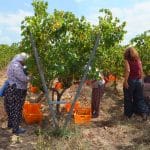 October 5, 2019 Wine Harvest Week
October 5, 2019 Wine Harvest Week
Zeynep Arca Şallıel had a successful career in advertising in Istanbul, but in 1995 she […] Posted in Istanbul February 18, 2021 Di Caffé
February 18, 2021 Di Caffé
Like many cities around the globe, Mexico City has seen the pandemic wreak havoc on […] Posted in Mexico City
Published on January 29, 2016
Related stories
July 25, 2023
AthensIt was August 31, 1957, and Yiannis Dritsas, a representative of Nestlé Greece, was at the 22nd Thessaloniki International Fair. His mission? To present a new iced chocolate drink for kids. It was simple, really: add milk and cocoa powder to a shaker (essentially a cocktail shaker), shake well and serve. During a break, an…
October 5, 2019
IstanbulZeynep Arca Şallıel had a successful career in advertising in Istanbul, but in 1995 she decided to take on a daunting new challenge: taking part in the revival of small-scale viniculture in the ancient winemaking region of Thrace.“I wanted to do something with soil, something that mattered a little bit more,” she says. Her father…
February 18, 2021
Mexico CityLike many cities around the globe, Mexico City has seen the pandemic wreak havoc on tourism and restaurants, two often intertwined industries. Many restaurants and hotels have already closed their doors, and many more employees have lost their jobs. Yet in the midst of this storm, two young siblings, Pamela and Jaime, decided to open…







































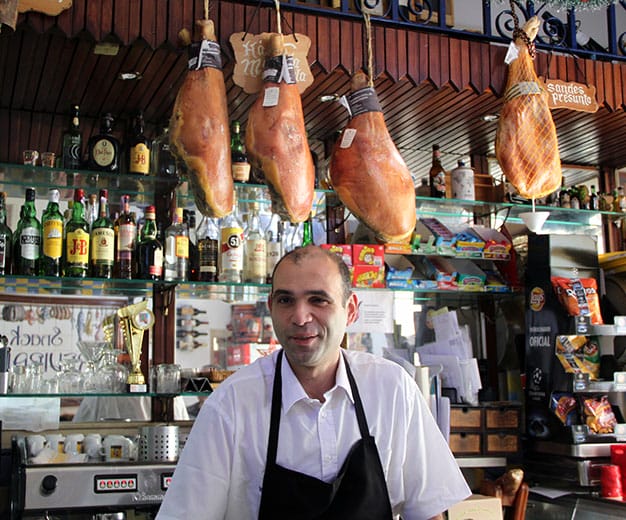
 Cozido is always mixed with an aromatic broth, made from its boiled meats and sometimes combined with beans and mint, bread, rice or pasta.
Cozido is always mixed with an aromatic broth, made from its boiled meats and sometimes combined with beans and mint, bread, rice or pasta. The palm tree-lined square itself, once a thriving public space that is now a popular parking spot, is currently undergoing renovation, with more and more tourists wandering past, especially around lunchtime.
The palm tree-lined square itself, once a thriving public space that is now a popular parking spot, is currently undergoing renovation, with more and more tourists wandering past, especially around lunchtime.


